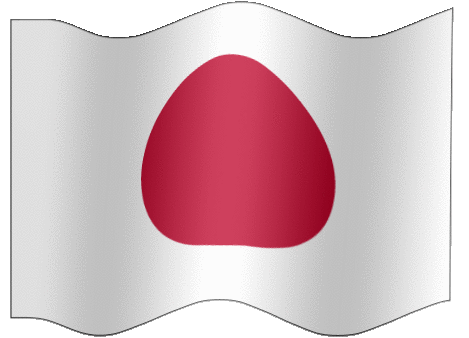 |
 |
 |
Let's be more moved - turn a trip of sights into a trip of feeling!

|
|
|
  |
YONEZAWA
|
| Free estimates Free travel consultation |
|
|
|
|
|
|
| #06M201 |
|
|
|
|
|
| MATSUGASAKI Park |
located at the site of Yonezawa Castle |
|
|

Matsugasaki Park is located at the site of Yonezawa Castle. It is also
a famous cherry blossom viewing spot, and 200 cherry trees bloom along
the water moat every year in mid-to-late of April. The cherry blossoms
reflected on the surface of the moat and the contrast between the cherry
blossoms and the red bridge over the moat are very picturesque, and these
cherry blossoms turn vibrant red in late October to early November. Yonezawa
Castle was completely demolished in 1873, and the castle ruins were opened
to the public as Matsugasaki Park in the following year. The remains of
the main citadel are now the grounds of Uesugi Shrine, which enshrines
UESUGI Kenshin, the hero of the Sengoku period and the founder of the clan. |
 |
|
|
|
|
|
|
|
| #06M401 |
|
|
|
|
|
| YONEZAWA Beef |
one of three most famous beef brands in Japan |
|
|
|

Yonezawa beef is one of the generally recognised three most famous beef
brands in Japan from Japanese black heifers that have been raised for 33
months or more and are fattened only in Yonezawa city and its suburbs.
It is a specialty product that represents the region, and is characterized
by the deliciousness of its fat, which comes from long-term fattening.
This area is a basin surrounded by mountains, and is characterized by extremely
hot summers and extremely cold winters. Yonezawa beef is raised in this
rich natural environment with a unique fertilizer made from wheat, corn,
and other ingredients. This results in high-quality beef with a good balance
of lean meat and fat. In addition, Yonezawa beef has a very fine texture
and a smooth texture, so it can be enjoyed in a variety of ways, such as
Steak, Sukiyaki, and Shabu-Shabu. |
|
|
|
|
|
|
|
|
| #06M501 |
|
|
|
|
|
| SASANO ITTOBORI Carving |
one-stroke carving by a sword |
|
|
|

SASANO ITTOBORI is a famous local toy that has been handed down for over
a thousand years. It is made by carving a log of koshiabura wood (Scientific
name : hengiopanax sciadophylloides) with a blade called a Sarukiri and
then applying simple coloring, and a typical subject is a carved hawk called
"Otaka Poppo." These rustic works, full of rustic charm, have
a certain dignity and are beloved by many enthusiasts. At the local Sasano
Folk Crafts Museum, you can observe the Sasano Ittobori process and take
a class to try painting an Otaka Poppo (reservations required). |
 |
|
|
|
|
|
|
|
| |
|
|
|
|
|
| |
|
|
|
|
|
|
|
|
|
|
|
|
|
|
|
|
|
|